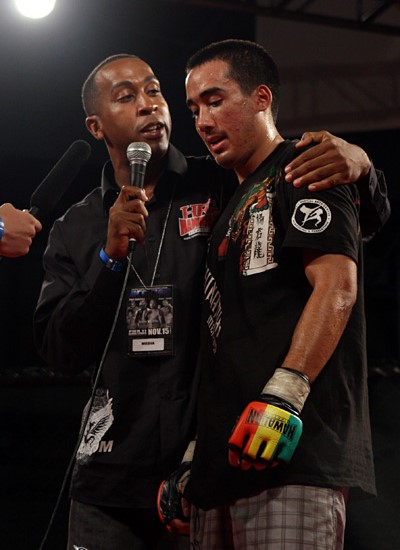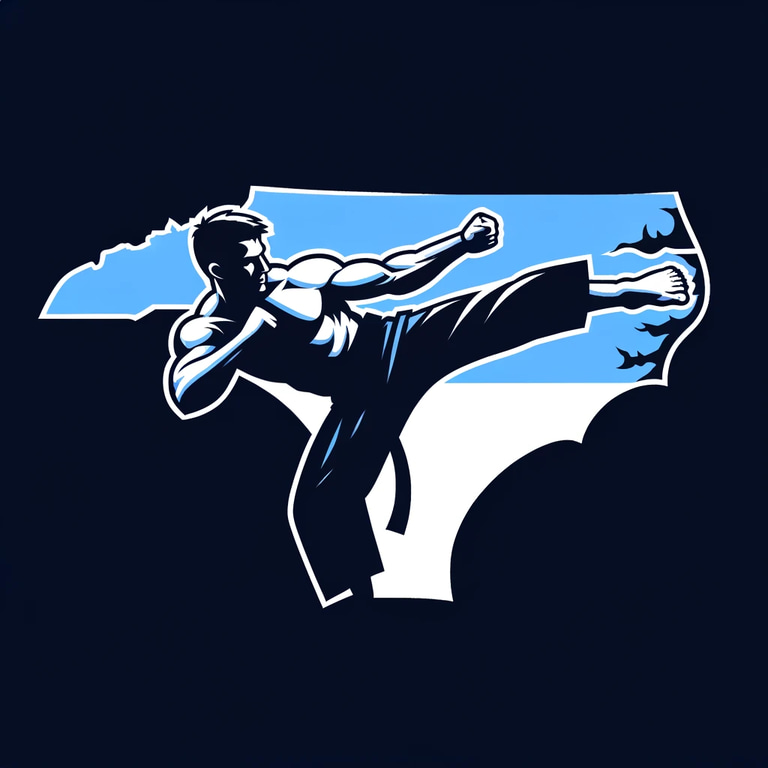Hawaii's Underground Ledgend : Justin Wong
From Makiki's small town skate park to fights around the world. Justin Wong
4/27/20242 min read


Justin Wong is a seasoned MMA fighter who rose to prominence in Hawaii during the sport's early days. With over two decades of experience, Wong has competed on the international stage, showcasing his skills and tenacity in fights around the world. His extensive career is marked by a wealth of knowledge and a deep understanding of various martial arts disciplines, making him a respected figure in the MMA community. Wong's journey serves as a testament to his dedication, resilience, and passion for the sport, solidifying his status as a true veteran and a living example of a martial artist. We inquired about his recollections of life on the islands, particularly regarding the development of the MMA scene during his upbringing. Given Hawaii's modest population, and even smaller local community, we pondered how this relatively tight-knit group manages to cultivate numerous athletes who excel at the highest levels of the MMA realm.
He is what we got:
In the early days of Hawaii's MMA scene, fighters often emerged from a rich tradition of martial arts and combat sports deeply rooted in the islands' culture. Here's a glimpse into Hawaii's MMA scene from a fighter's perspective during its early days:
Cultural Influences: Hawaii's MMA scene was influenced by the island's diverse martial arts heritage, including traditional Hawaiian martial arts like Lua and Kapu Kuialua, as well as modern disciplines like Judo, Wrestling, and Boxing. Many fighters grew up practicing these arts from a young age, instilling a strong foundation in combat sports.
Ohana (Family) Connection: The MMA community in Hawaii often felt like one big family, with fighters supporting each other both inside and outside the cage. Ohana played a significant role in training, with fighters often training alongside siblings, cousins, and close friends, creating a tight-knit and supportive environment.
Training Camps: Training camps in Hawaii were known for their intensity and authenticity. Fighters would train in gyms, dojos, and even makeshift outdoor spaces, adapting to the island's unique environment. Training sessions often involved a combination of striking, grappling, conditioning, and sparring, with an emphasis on versatility and adaptability.
Local Events: Local MMA events, such as Icon Sport and Rumble on the Rock, served as breeding grounds for Hawaii's up-and-coming fighters. These events provided opportunities for fighters to showcase their skills in front of passionate crowds and gain valuable experience before potentially moving on to bigger promotions.
Respect for Tradition: Despite the rise of MMA as a modern combat sport, Hawaiian fighters maintained a deep respect for their cultural traditions and values. Concepts like humility, discipline, and respect were instilled in fighters from a young age, shaping their approach to training and competition.
Challenges and Opportunities: While Hawaii's MMA scene was thriving with talent, fighters faced challenges such as limited exposure outside the islands and financial constraints. However, these challenges also fostered resilience and a strong sense of determination among Hawaii's fighters, driving them to overcome obstacles and pursue their passion for MMA.
Overall, Hawaii's MMA scene in its early days was characterized by a unique blend of tradition, camaraderie, and raw talent, making it a hotbed for rising stars in the sport.
Contact
Reach Eric at ericthered@tarheelfightclub.com
